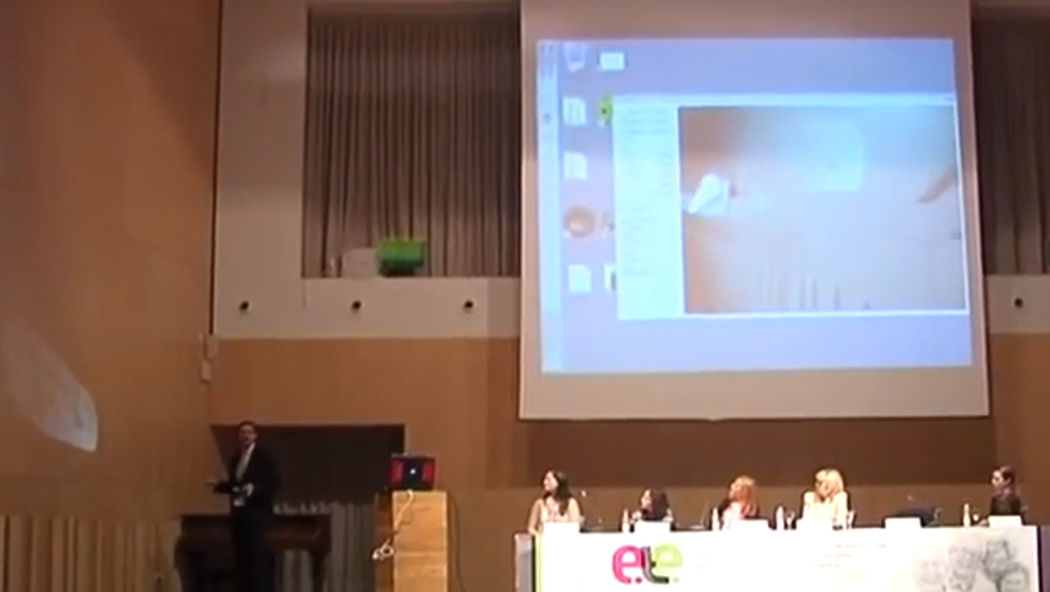Tags:
nacodeal
2011-2014

My role:
I worked from the original idea of the project to win the AAL call. The general approach that we take was one of the key points to win the call.
I was the project coordinator at ITCL and the project lead ot the consortium formed by 5 European partners.
I participate in all the consortium meetings and in the meetings of several of the work packages.
More info:
Description:
The NACODEAL project has as objective offer new solutions to issues that elderly people confront when faced with new technologies and during their daily tasks, keeping their autonomy in the current society. Those solutions are integrated by Augmented Reality Technology using a portable device which aids them, providing instructions about how to proceed in distinct activities from daily life.
This device will allow the elderly with memory loss problems to keep an independent life thanks to its intuitive interfaces, making easy to them access the digital world. Moreover, the device will project an augmented reality overlay in the locations within the user residence containing useful information or advice that may be helpful to their daily tasks.
During the last years, a significant effort was made trying to introduce the elder to new technologies such as mobile phones, online shopping, television and other services and devices which they don’t feel comfortable with. This project aims to introduce the elder to the virtual communities in a more natural way, creating a product which they feel safe, easy to use and understand. The outcome of this project intends to bring a much more functional product towards daily life, which could revolutionize the market as we know.
To develop the project was needed to create 3D maps of the environments with a Microsoft Kinect and to apply SLAM.
Publications
-
A Mobile Augmented Reality Assistive Technology for the Elderly
-
Tecnología asistencial móvil, con realidad aumentada, para las personas mayores
We present the design of a prototypical system consisting of a tablet and a wearable AR system and the evaluation of its impact on the social interaction of its users as well its acceptance and usability. This evaluation was performed, through focus groups and individual pilot tests, on 48 participants that included elderly people, caregivers and experts. Their feedback leads us to the conclusion that there are significant benefits to be gained and much interest among the elderly in assistive AR-based ICTs, particularly in relation to the communication and autonomy that they may provide










